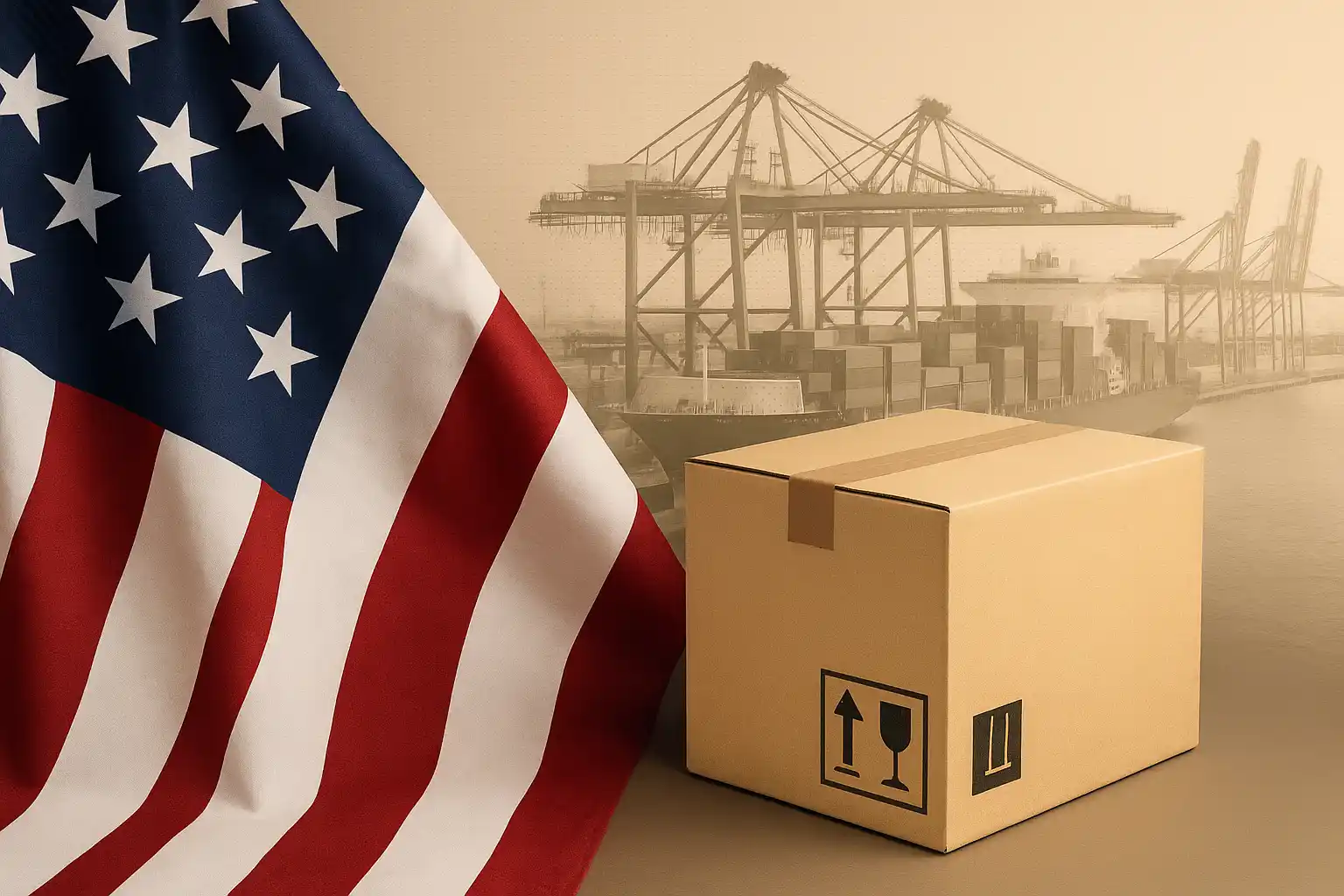Suppose you are in the planning stage of starting an e-commerce business. In that case, you will undoubtedly choose what business model to follow. Each model is different from the others in its basic methodology. Therefore, you need to know them in depth to understand which would fit your business.
5 commonly followed business models of e-commerce
1. The drop shipping model
If you don't have a significant investment and want to start by playing it less risky, the dropshipping model is your go-to. The drop shipper takes care of the inventory and delivery. All you have to do is manage the website and attract customers. Your profit is the difference between what the customer pays and the drop shipper charges.
Pros:
- The initial cost is low
- Lower risk factor
- Convenient and highly effective
Cons:
- High competition as the space is highly saturated
- Low-profit margins
- Inventory syncing can cause frequent out-of-stock problems
2. The Maker Model
If you have a strong passion that you carry on as a hobby, like painting, jewelry making, or creating beautiful handiwork, then the maker model will help you earn a good profit.
You can make the product on demand, so you don't have to stock the products. However, you will have to purchase the raw materials and arrange the delivery facility yourself.
Pros:
- The initial cost is low
- You can create your brand with a unique identity and control the quality of the products.
- Great profit margins
Cons:
- Can be time-consuming
- Scalability issues
- Product inventory is limited and depends on your skill and time
3. Manufacturing model
Suppose you have tried and tested your product and wanted to scale its production to cater to more customers. In that case, the manufacturing model is the perfect fit. But mind you, and this model will cost you a lot as you will have to invest in several variables, including machinery and a permanent warehouse and manufacturing unit.
You can manufacture the goods under a private label or white label. In the case of a private label, you design, produce, pack and ship the items under your brand's name. In the case of white labels, you create the product and then sell it to resellers, who then label the items under their brand. The sole owner would be you.
Pros:
- The lower cost required per unit
- You are in control of the brand name and the quality of the products
- Higher profit margins
Cons:
- High risk
- The initial cost can be pretty high
- Takes a long time to be profitable
4. The wholesale model
With a wholesale model, you can choose from various brands, buy their products in bulk, and resell them in your online store. Since the brand is already famous, there's a low risk, and you can take home a good profit.
Pros:
- Brand familiarity does most of the marketing itself
- Low risk
Cons:
- High competition as you have to sell your products at a better price than your competitors to maintain the customers
- Inventory management can be a long and challenging process
- Difficult to manage multiple suppliers if you deal with more than one
- Low customer loyalty
5. Print on demand
If you are good at designing, you can set up a successful online store by offering your prints on various goods like pillows, shirts, blankets, frames, etc. In the Print-on-demand model, you associate with a printing service that prints your design on the required product, packs it, and ships it to the consignee.
Pros:
- Final products can be produced quickly
- Initial costs are low
- Low risk
- Third-party printing services do shipping and delivery, so there is less headache
Cons:
- Low control over quality as the quality of the product ultimately depends on the material the printings services chooses
- Shipping and delivery might take time as the printing service provider might also be associated with several other e-commerce stores
â€

.webp)



